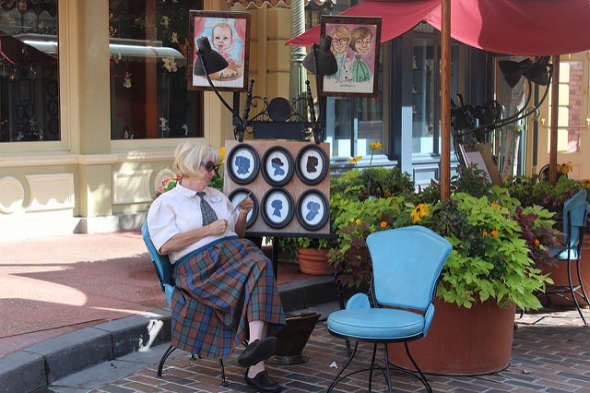The truce
Within a three-week span, labor unions at Disneyland and Walt Disney World hammered out agreements during the summer of 2018. These deals were much more lucrative than the initial, borderline offensive offer of $10.25 an hour. Here’s what transpired and what led to the resolution.
I will start with a bit of math. $10 an hour for a full-time employee means an annual salary of $20,800. The average American household income during the summer of 2018 was $61,891. In Florida, the amount was a bit higher at $64,003. Anaheim is similar, with an average household income of $64,464.
A household in Orlando or Anaheim with two full-time Disney cast members would have earned $41,600. That’s more than $20,000 less than the national average and even worse for Floridians and Californians. And single people need at least two roommates to live as comfortably as the average American. You can see why cast members felt the need to take a stand.
In the wake of the heartbreaking story about the cast member who died in her car, the media took a hard look at the homeless problem around Disneyland. Stories like this one propagated across the internet. Then, the Anaheim City Council started resisting Disney in some unprecedented ways. One of them, tax incentive revocation, eventually led to the cancellation of the Downtown Disney hotel project.
Facing rare negative media over its business practices, Disney executives went back to the drawing board and proposed something new. They presented an olive branch to cast members in the form of a tiered wage increase plan. At Walt Disney World, employees currently earn $12 an hour, an improvement of 20 percent from 2016. More importantly, their hourly income will increase to $15 by 2021. Yes, cast members at Walt Disney World will enjoy 50 percent salary increases over a five-year period.
Anaheim cast members gained an even more advanced salary schedule. They started higher at $11 per hour and earned an instant 20 percent raise in the summer of 2018, which took their hourly pay to $13.25. At the start of 2019, that total jumped to $15 an hour and will increase again to $15.45 per hour in June of 2020.
For the first time in recent memory, Disney cast members can see a light of the tunnel, one where they will earn a living wage. Still, the numbers sound better than they are. At $15 an hour, a cast member will gross $31,200 a year. Even after the protracted negotiations and guaranteed salary increases, a two-person household will earn slightly less than the average Floridian or Californian. It’s a problem.
The good news for Disney employees is that recent events have revealed the pressure points in the company’s ecosystem. They’ve continued to push their bosses on the state of housing in California. Disney’s added a hotline that cast members may contact when they need a place to stay/live.
In other words, corporate officials are finally taking the matter seriously. Disney went so far as to donate $5 million to combat the homeless problem in Anaheim. That sounds great, and it is. However, I feel the need to mention that Disney earned just under $60 billion in fiscal 2018.
An extra dollar an hour in salary given to the 104,000 cast members at Disneyland and Walt Disney World is $216 million annually. The company would just need to make one more Marvel movie a year to counteract a $2.50 hourly pay raise to the dedicated professionals who make theme park visits magical. The amount of money that Disney has contested so passionately over the past few years is the equivalent of a Mickey Mouse backpack to you and me.






Add new comment